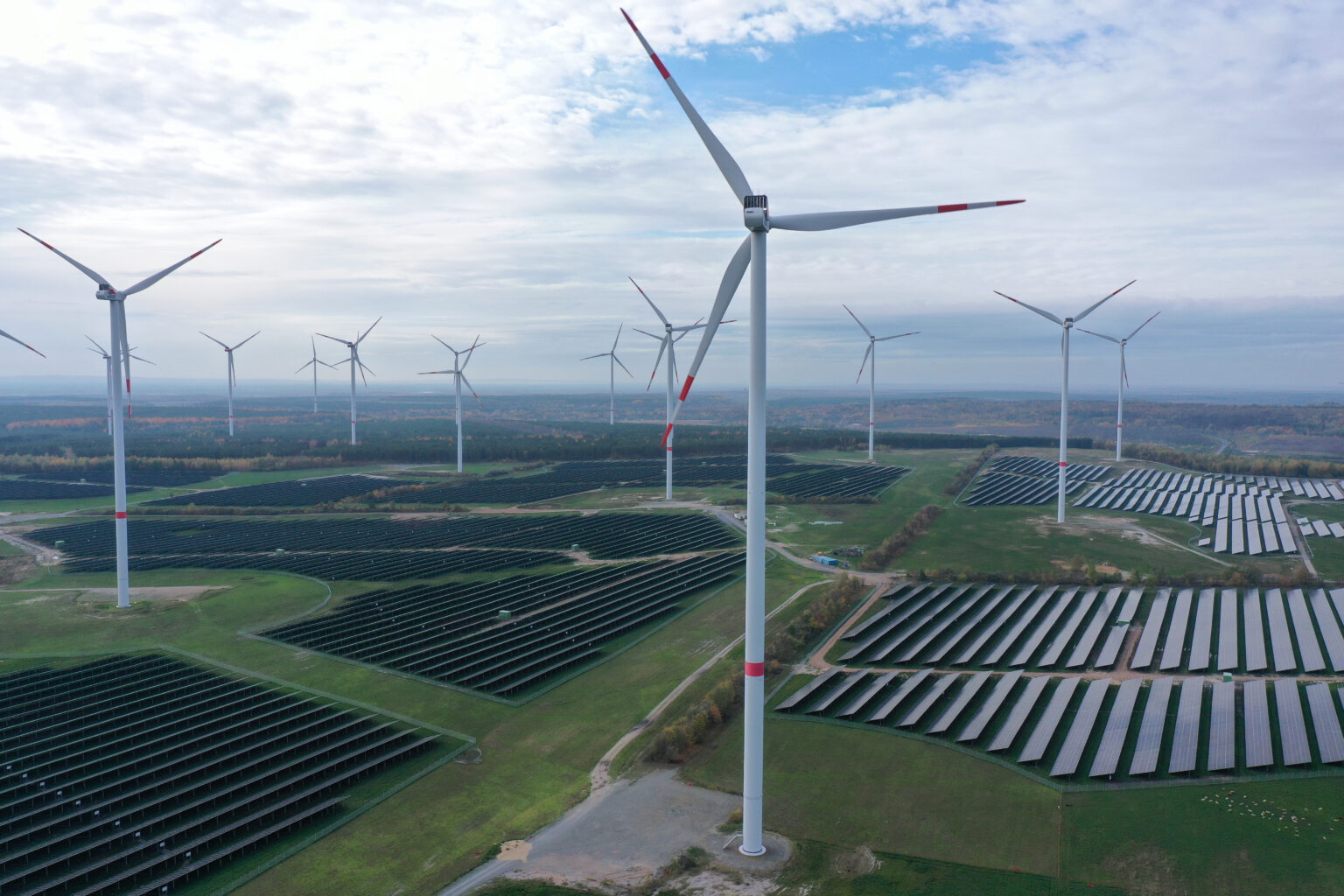In Tuesday’s first debate between GOP nominee Donald Trump and Vice President Kamala Harris, Harris claims that the Biden-Harris administration had “invested a trillion dollars” into renewable energy.
“We know that we can actually deal with this issue. The young people of America care deeply about this issue. I am proud that as vice president over the last four years, we have invested a trillion dollars in a clean energy economy.”
– Kamala Harris, September 10th presidential debate
Does that figure hold up under scrutiny? We decided to dig into their major policy actions and spending initiatives to find out.
The Inflation Reduction Act (IRA), passed in 2022, packs the biggest climate punch in American history to date. The bill earmarks $370 billion for energy and climate programs. While an impressive figure, its still less than half of the trillion dollars Harris cites in the high-profile debate.
The IRA budget is allocated toward things like tax credits for renewable power, electric cars, and energy efficiency upgrades. These credits are expected to mobilize up to $1.9 trillion in private sector investment down the line. But even the rosiest projections don’t hit Harris’ number with governmental spending alone.
Peering closer at the details, the IRA designates $27 billion for a Greenhouse Gas Reduction Fund; $20 billion to the EPA for climate grants; $7.3 billion for rural clean energy; and $623 million for EV charging stations nationwide.
These funds expand on Biden’s $1.2 trillion Bipartisan Infrastructure Law (BIL) in 2021. The BIL included over $100 billion for modernizing the power grid, expanding EV infrastructure, and climate resilience projects.
The White House also started something called the Building a Better America Initiative, with a goal of catalyzing $100 billion combined public and private investment into schools and energy infrastructure upgrades. Their tracker reports over $135 billion in governmental clean energy spending under Biden-Harris so far.
Crunching these numbers, the reality is that Harris’s claim of direct governmental investment topping $1 trillion falls short. However, their policies seem well-positioned to drive an estimated trillion dollars in future public and private renewable investment.
Things are starting to move. Over 800,000 new clean energy manufacturing jobs have already been created since Biden took office in 2020.
Former President Donald Trump took issue with the Biden Administration’s climate approach during their debate, citing recent manufacturing job losses and offshoring. Trump positioned domestic oil production and higher tarriffs as the solution.
But despite Trump’s gloomy portrayal, Department of Energy data actually shows a net increase in manufacturing jobs under President Biden. Clean energy positions are clearly on the rise, growing by double the rate of the overall economy’s in 2023.
While Vice President Harris’ trillion-dollar declaration doesn’t quite match the fiscal report yet, it captures the spirit and scale of the administration’s impressive clean energy ambitions.
Unprecedented governmental investment is laying the tracks for a renewable energy transformation sooner than many imagined possible.


